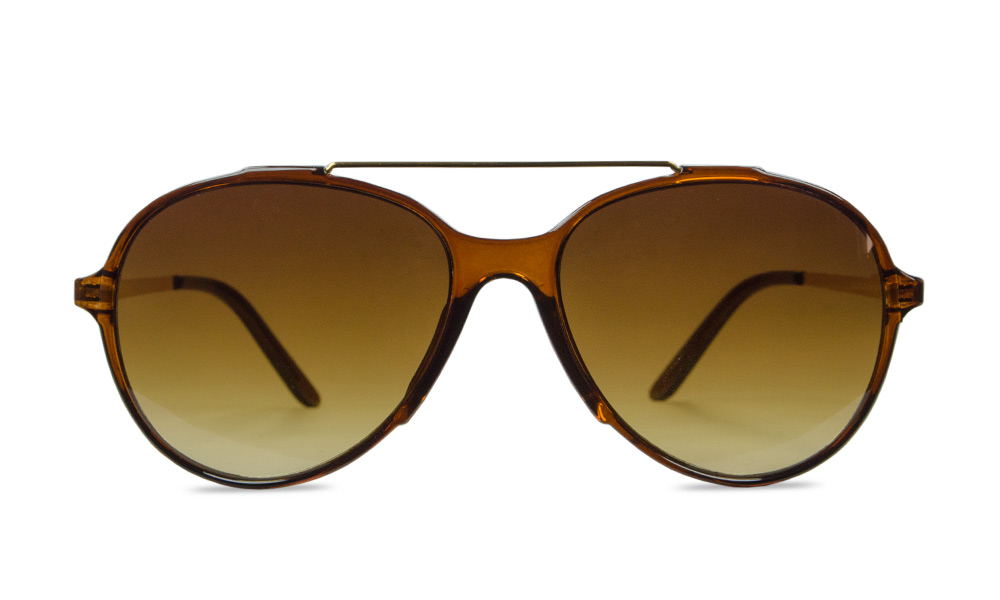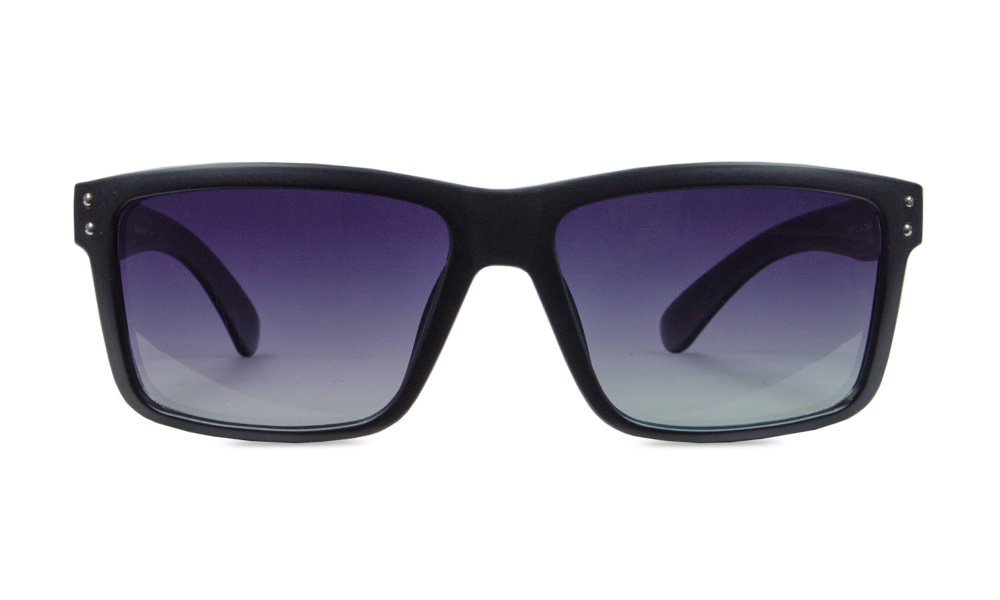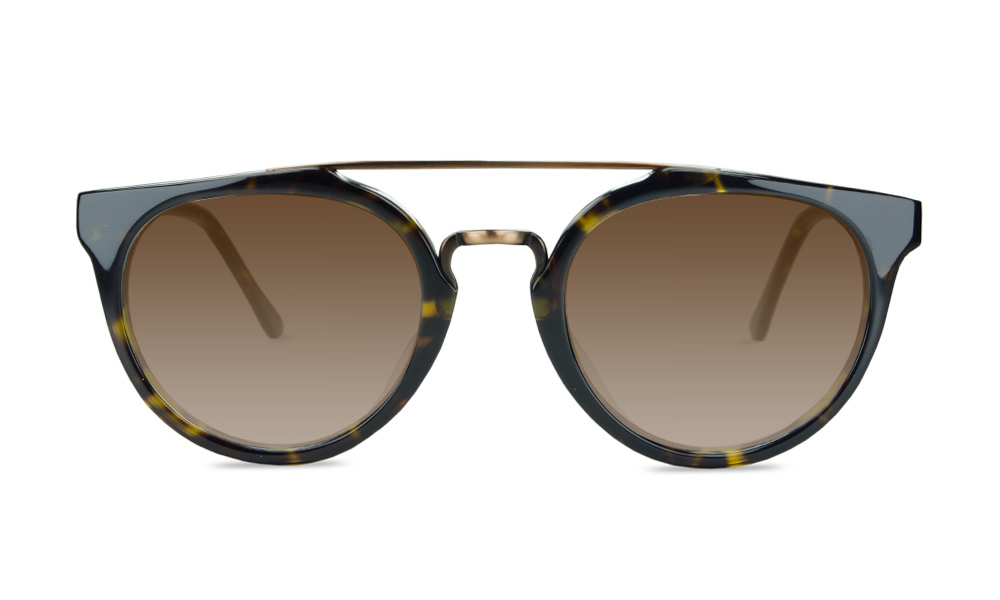Finding a perfect pair for a comfortable and flattering fit can be tricky. And when the situation comes to grab a perfect one for a big head, you might struggle to find the right fit that complements your face and displays personal style.
Though only you can decide what frame you want to flaunt. Here is the guide to help you find the best sunglasses for you. Stay tuned with us and discover the important tips for matching your sunglasses with your facial features.
Signs you may need a pair of wide style sunglasses?
- If you struggle from headaches as a result of wearing sunglasses that are too small for your face.
- When the temples of your sunglasses seem extended more than the frame’s widest setting.
- If you’ve already tried on a friend’s sunglasses and broken them.
- If you did not find any sunglasses to fit your face in optical shops.
- When someone has playfully indicated that your sunglasses didn’t fit saying, “Hey the glasses fit well on your face.”
Tips for picking sunglasses for a bigger head:
An important measurement to determine the right frame size:
When shopping for new frames, the thumb rule is to start determining frame size that can be a comfortable fit compared to your face size. Here is everything you need to consider before picking a wide frame for a big head?
Frame size:
Do you have a pair of outdated glasses lying around the house? To determine the number, measure the distance between the temples. However, if you don’t have any glasses at home, you may still measure your face in the same way. If your head circumference is greater than 140mm, you’ll need a wide frame or XXL sunglasses for big heads.
Head width:
The most critical measurement is the best way to measure head width is to grab a flexible tape and measure the distance between temple to temple.
Note the number, if the measurement is greater than 5.5” you have a big head.
Lens width:
Check for the old pair of sunglasses that fits you comfortably, here one of the temple arms will have a number imprinted on it say 63 18 145. Here the first number indicates the lens width in mm.
Note that Wider lenses are an ideal choice for bigger hades that extend to the outside borders of your face, past your eyes, and give adequate lens coverage from the sun.
Bridge width:
The second digit in frame measurement (63 18 145) indicates the bridge width of sunglasses, the length of the gap between two lenses.
Note that this is an important measurement for buying glasses. An ill-fitting glasses can be annoying to your nose which may either tweak or slide off from your nose. The right way to determine bridge length is by comparing it with the bridge of your existing pair.
You can also ask your doctors for a quick and accurate estimation of your bridge length.
Temple length:
The last number engraved on your existing pair indicates the temple length. But if you don’t have an older pair, you can use a ruler or measuring tape or a ruler to determine the distance between the back of your ear and the tip of your nose.
Adult temple lengths range from 130 to 140 millimeters, although anything more than that is considered large-fit. Thus You’ll need a temple length of at least 145 mm or longer if you have a large head.
Know your face size:
Sunglasses are available in sizes ranging from small to XL, with lens diameters ranging from 45 mm to more than 60 mm. Below is a sizing chart to use as a general guide.
| Sunglasses size | Lens width | Bridge width | Temple length |
| S | More than 45 mm | More than 14 mm | More than 130 mm |
| M | 45-50 mm | 14-16mm | 130-140 mm |
| L | 50-60 mm | 16-20 mm | 40 -150 mm |
| XL | Less than 60 mm | Less than 20 mm | Less than 150 mm |
Determine the Face shape:
Same as your face size, the shape of your face will help you determine what suits you best. If you have a bigger head, observe closely if you have a square or round face.
Picking sunglasses for a large square head:
A square head means you have a strong jawline and broad forehead. In this case, round or oval sunglasses shapes like classic aviators, wayfarers, and retro 50’s round sunnies are great to add contrast to your face shape. These types of frames can dynamically soften and balance your angular features.
Picking sunglasses for a large round head:
Geometric frames – square or rectangle are the best choices for people with round heads. If you have soft facial features, sharp corners of angular glasses better enhance your face shape and make it appear longer and less bulky.
If your face shape is something close to both shapes, remember to make the contrast and choose the one there better fit and sit comfortably on your face.
Go for the perfect fit:
With a board option in sunglasses to choose from, you may find it difficult to find certain frames in bigger sizes. But if you have a big head, make sure to pay attention to the size of the frame based on your face fit.
- For males, a pair of wayfarers or aviators are popular.
- For females, a cat-eye and a round-shaped frame are ideal choices.
Pick sunglasses that offer more coverage:
Since big and oversized sunglasses are trending these days, it has become easier to find a wide range of trendy sunglasses that are suitable for those with large heads. Here oversized sunglasses are the best options that offer better coverage against sunlight, blocking out harmful rays.



Try and do the final check:
When picking up a pair of sunglasses for yourself, go through the checklist.
- Do the sunglasses feel comfortable?
- Do they fit properly?
- Are you confident about your look?
- Do these sunglasses align with your personal style?
If the answer to all these questions is “yes”. You are good to go with a pair of sunglasses.
Adjust your sunglasses:
Even if sunglasses are the correct size, they may not fit precisely immediately out of the box. In this case, They may require some tweaking to achieve the optimum fit. This occurs because our faces are all different and never exactly symmetrical. As a result, each pair of glasses must be adjusted appropriately. If this occurs, you might try making minor adjustments to your sunglasses frames.







